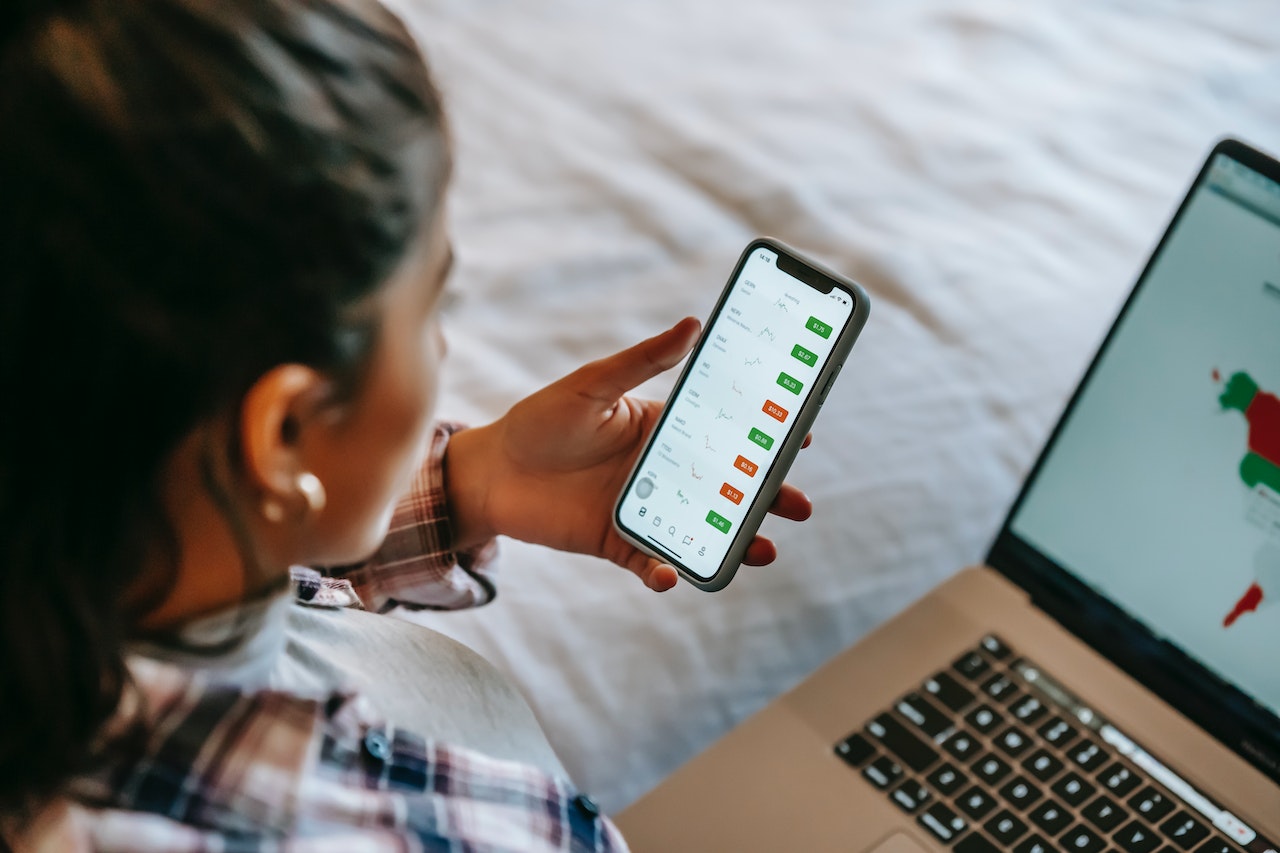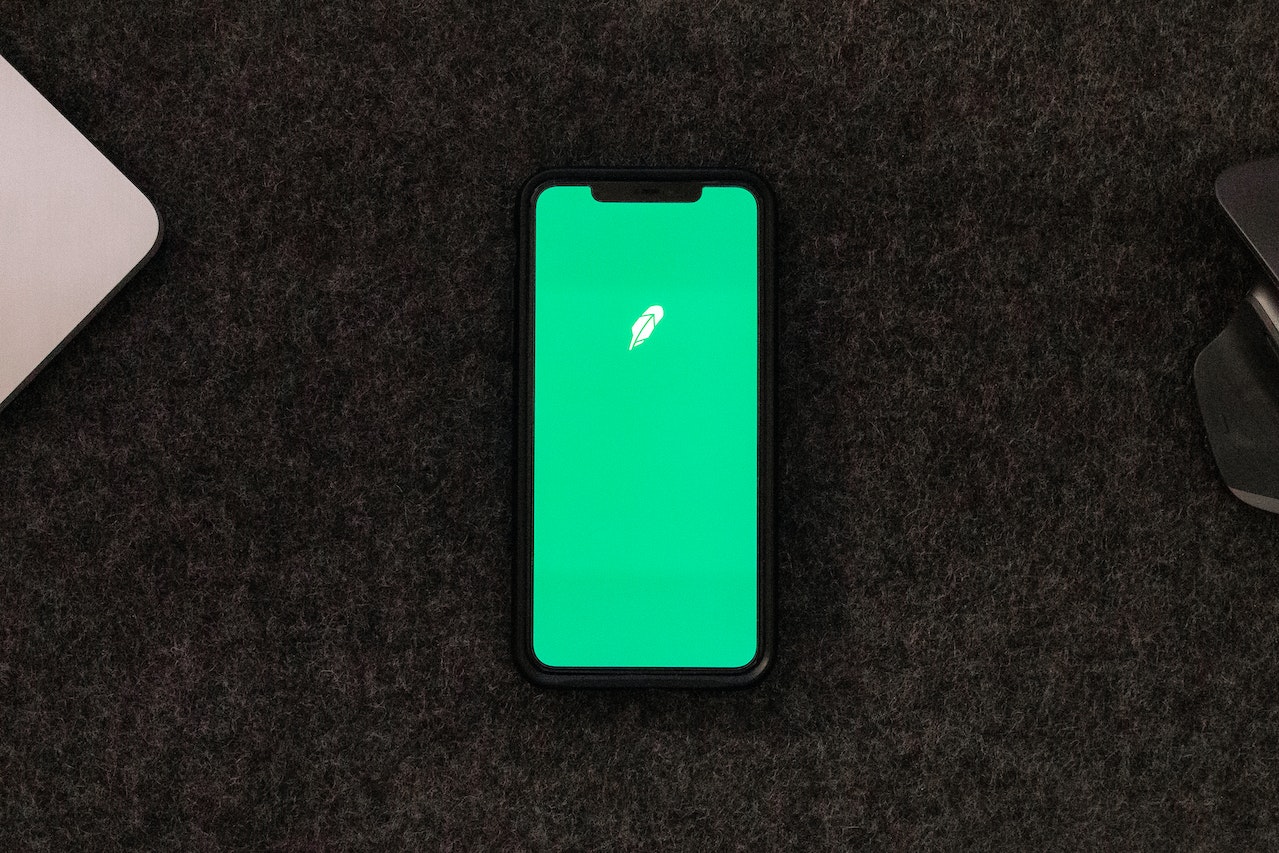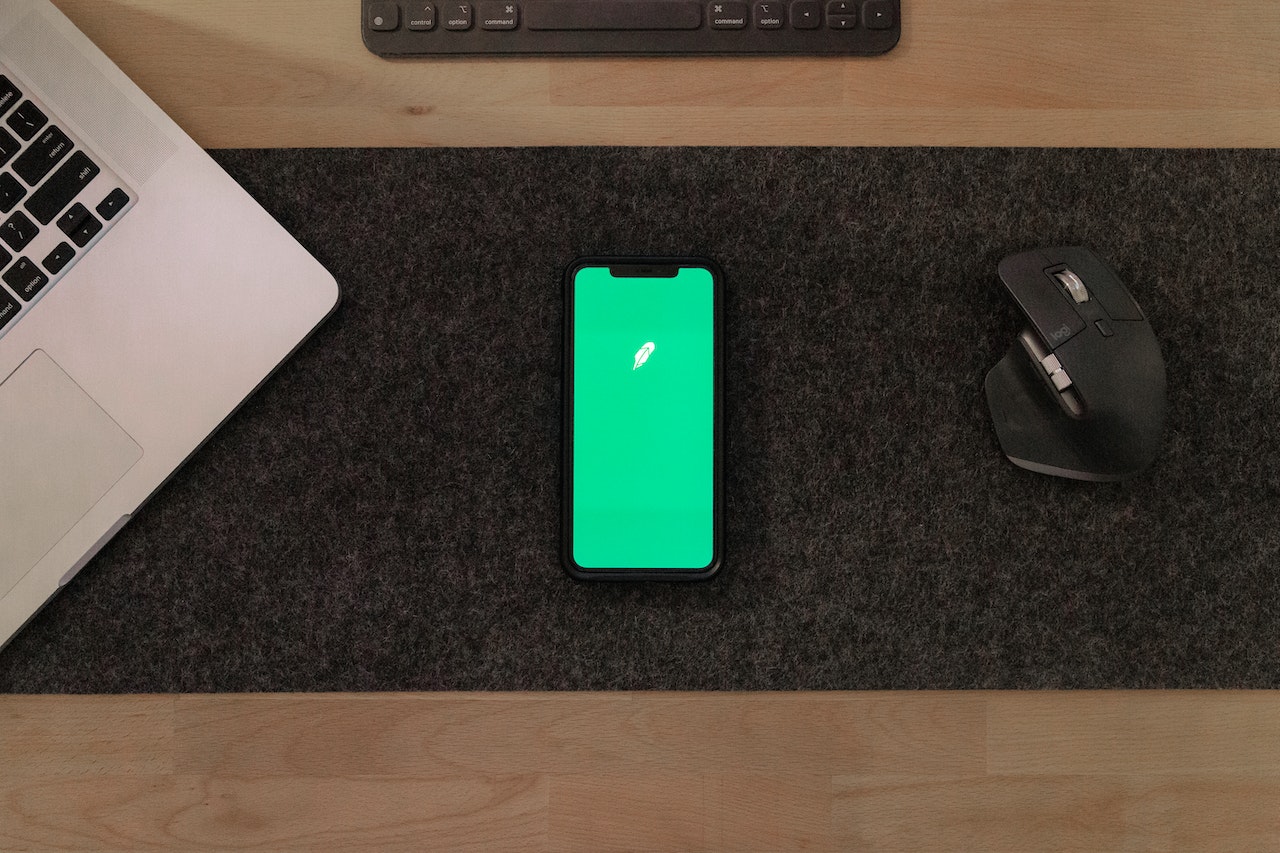If you are a FinTech company and you are looking for a way to stand out from your competitors, user experience design is a great way to do it.
And with the fintech revolution, you have better financial management tools, peer-to-peer lending, crowdfunding, mobile payments, fast loans, and more at your service. Fintech companies know that breaking banking services into separate ones and then mastering at least one of them is the key to offering excellent customer satisfaction.
Most finance applications are designed in a way that they could provide advanced financial features to safely manage the finances of the users conveniently. However, the process of developing a fintech app is more complicated and requires great attention to detail.
That’s where the designers start having trouble. They mistake the details for unnecessary grandeur and lose their focus on what the customers want. And therefore, here in this article, we are providing a few general principles that designers must keep in mind before they start building the fintech application.

General principles to keep in mind when mastering Fintech App UX Design
The goal of a financial app is to help users save money and make more informed financial decisions. To do this well, you need a design that is clear and simple.
Here are the main things you should consider when mastering a fintech app UX design for a company:
1. Don’t overload the customers with information
A lot of people have the same question: how do you design a user interface (UI) for FinTech? The answer is simple: don’t overload the customers with information.
When designing a UI for FinTech, it is important to keep in mind that most users are busy and don’t have time to read long articles or watch videos. If you want them to understand your product, make sure that they can easily digest all the information provided in an easy-to-understand way.
Also, keep in mind that FinTech apps are often used by people who aren’t tech-savvy enough to understand all the terms used in your app. So make sure that everything is explained as simply as possible for them so they don’t get lost.
Therefore, you must present your information in a way that it becomes easy for the users to understand it. You want your customers to be able to understand everything about your product so that they can use it in a way that suits them best.
Lastly, if they have any questions or concerns regarding the product, then make sure that you answer their questions as soon as possible because if they don’t get answers right away then they will move on and find another product that does provide them with what they need.
2. Don’t burden it with too many features
Adding too many features is what will make your app look cooler and more successful. That’s one of the most general misbeliefs among developers nowadays. So they try to cram as many features as they can into their apps to attract more users and make money.
However, this strategy doesn’t work because it makes the user experience cluttered and confusing. Instead, focus on what your users need and add only those features that will improve their experience.
For example, if you are building an app for investors who want to invest in stocks, then don’t add features such as stock quotes, portfolio analytics, and other things that don’t relate to investing.
The UX design of an app is not only about the user interface and the visuals, but also about the flow of information. If you have to explain your app to someone who has never heard of it before, you will lose them because they won’t understand what you are trying to do.
The fewer features you have, the more likely people are to use them all. So, while it is important to understand your audience and their needs, it is also important not to make them feel overwhelmed by too much information or options.
3. Keep the financial language simple
When you think about the language used in financial apps, you will find that it is very simple and straightforward. When it comes to the design of these apps, however, things become a bit more complicated.
One of the most important things that you need to keep in mind when designing a financial app is to keep the language simple. Therefore, you must avoid all kinds of jargon while developing the app. If some terms or phrases are unfamiliar to your audience, then they will not be able to understand what exactly you want them to do with your app.
For example, if you’re designing an app for someone who doesn’t have a lot of money (or who doesn’t have much experience with banking), try to use words such as “savings” and “investing” rather than “deposit” or “investment.”
If a user already understands the concept of “interest,” it is probably best to stick with that word rather than using “commissions.” Likewise, if you know that “commissions” describes how much money an investor earns on their investment, then it is better to use that term than say “returns” or “yields.”

4. Provide clear call-to-actions to make better decisions
The most important thing you can do when designing an app is to provide a clear call to action. A clear CTAs helps users make decisions faster and also encourages them to continue engaging with your application.
The best way to make sure that people know what they should do next is by using icons or text links. You can even brainstorm around the type of actions that people might take in different scenarios, such as “reorder”, “add to cart”, and “buy now”.
Once you have determined which action you want to go after, it is time to create the UI design of your app. The UI design must be both, easy on the eyes and easy on the mind. If it requires too much work or the use of advanced technology, it may not be usable by all users.
A CTA is something that directs users towards one specific action. For example, if a user wants to transfer funds from their bank account to another one, they can click on the “Make a Transfer” button.
The same applies to any other activities inside your app — such as viewing recent transactions or setting up alerts — so make sure that the CTA buttons are always visible and easy to access.
5. Security
Security is a big deal in FinTech.
In the past, hackers have stolen millions of dollars from FinTech companies by stealing customer credentials and personal data. This has led to the creation of security measures that are designed to prevent future attacks.
The first step in creating a secure UX design is to determine what types of attacks your company can expect. Doing so will help you decide what security measures you need to imply to your application.
For example, if your app is used for banking transactions, then it would make sense to use multifactor authentication (MFA) to prevent unauthorized access. However, if your app generates payments for merchants or consumers, then using MFA might not be necessary because only the intended user will be using it.
In addition to determining what types of attacks you can expect, it is also important to understand where these attacks come from and how they work.
For example, some viruses infect themselves through email attachments and programs like “Norton Internet Security” while others use social engineering tactics like phishing emails or fake websites that trick users into giving out their credentials or personal information online.
For the success of your application and your business, you must ensure the security of your users and their sensitive data. This can be especially true for apps that are used to manage financial transactions, such as mobile wallets, credit card payments, and peer-to-peer lending.
To ensure your app’s security, you need to consider the different types of security threats that can affect it. Security can be broken into two categories: authentication and access control.
Authentication is how users are verified and granted access to your app. Access control is how they get what they want from the app.
Authentication: The first step in security is creating a login system for your users. This should be easy to remember and simple to use, but it also needs to be secure enough that hackers won’t be able to gain access without knowing the password or PIN code on the user’s phone.
Access Control: Once users have logged into an application, they will need some way of accessing information within it — whether that be through a specific dashboard or dashboard groups, or just by identifying themselves with their username/password combination.

Things to Know When Mastering FinTech App UX Design
While many fintech companies are trying to revolutionize the finance industry using the latest technology trends, it is important not to forget that customers come first and your design plays a crucial role in the fintech user’s journey.

Jimmy is a full-time developer and small-time blogger.

